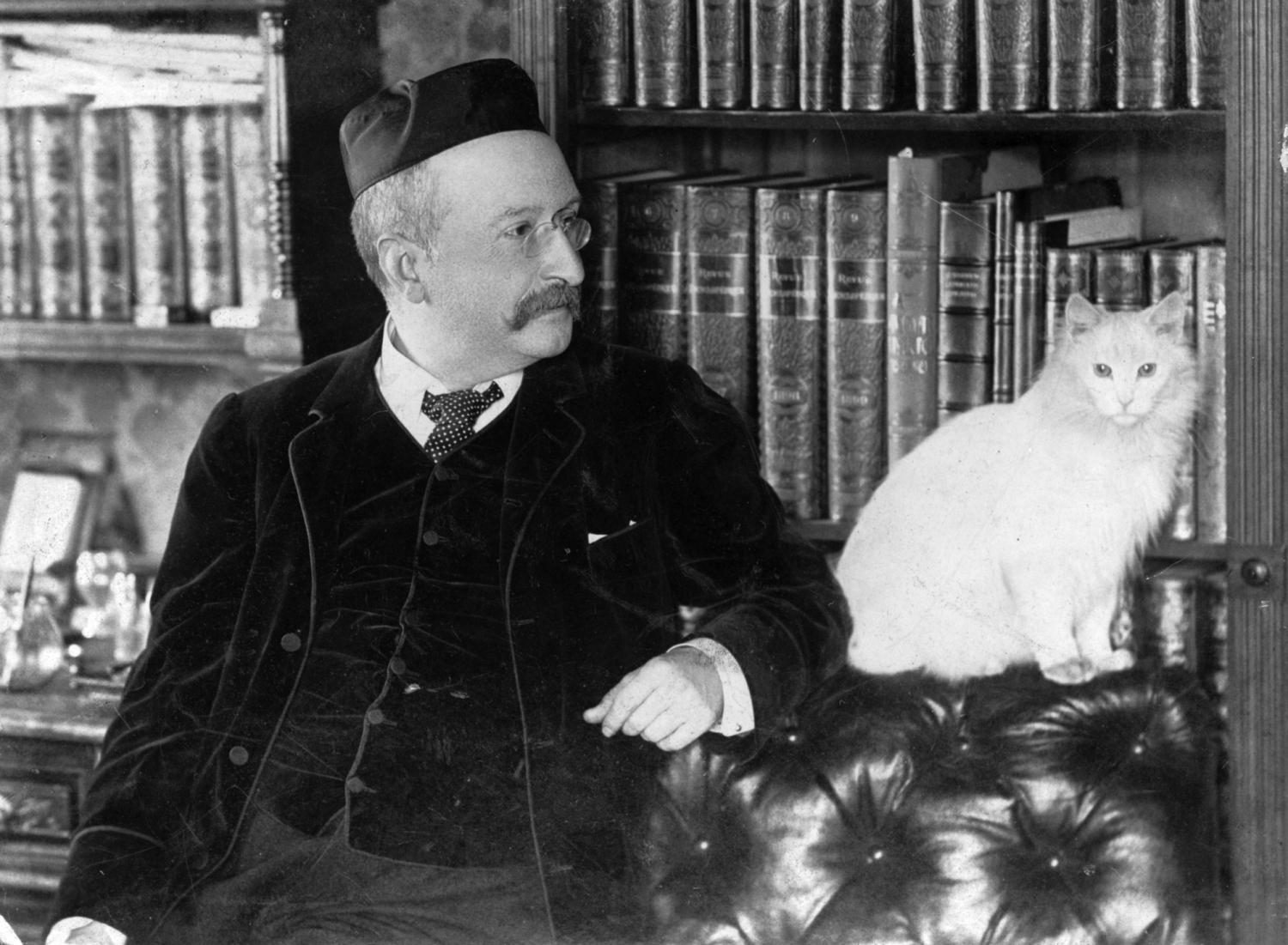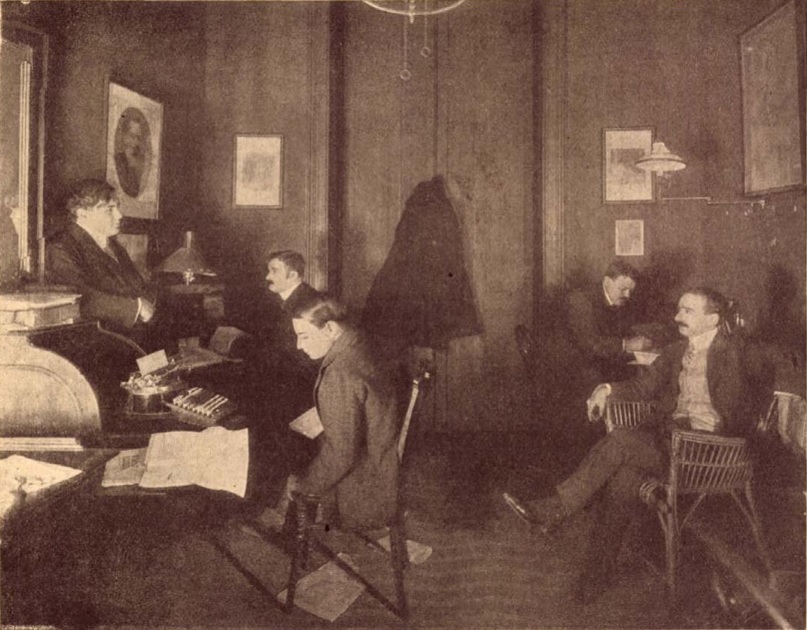Difference between revisions of "Századfordulós karrierrajzok"
| Line 10: | Line 10: | ||
A szerzőlista '''<u>[https://itidata.abtk.hu/wiki/Szerz%C5%91k_list%C3%A1ja itt]</u>''' érhető el. | A szerzőlista '''<u>[https://itidata.abtk.hu/wiki/Szerz%C5%91k_list%C3%A1ja itt]</u>''' érhető el. | ||
| − | A példagráfok '''<u>itt</u>''' találhatóak. | + | A példagráfok '''<u>[https://itidata.abtk.hu/wiki/A_Sz%C3%A1zadfordul%C3%B3s_karrierrajzok_projekthez_tartoz%C3%B3_SPARQL_lek%C3%A9rdez%C3%A9sek itt]</u>''' találhatóak. |
A legeneráláshoz szükséges kulcs '''<u>innen</u>''' érhető el. | A legeneráláshoz szükséges kulcs '''<u>innen</u>''' érhető el. | ||
| Line 29: | Line 29: | ||
The list of authors is available '''<u>[https://itidata.abtk.hu/wiki/Szerz%C5%91k_list%C3%A1ja here]</u>'''. | The list of authors is available '''<u>[https://itidata.abtk.hu/wiki/Szerz%C5%91k_list%C3%A1ja here]</u>'''. | ||
| − | Example graphs can be found <u>'''here'''</u>. | + | Example graphs can be found <u>'''[https://itidata.abtk.hu/wiki/A_Sz%C3%A1zadfordul%C3%B3s_karrierrajzok_projekthez_tartoz%C3%B3_SPARQL_lek%C3%A9rdez%C3%A9sek here]'''</u>. |
The key for generating new graphs is available '''<u>here</u>'''. | The key for generating new graphs is available '''<u>here</u>'''. | ||
[https://itidata.abtk.hu/wiki/Item:Q1732 András Wirágh] is responsible for the project. | [https://itidata.abtk.hu/wiki/Item:Q1732 András Wirágh] is responsible for the project. | ||
Revision as of 12:34, 23 January 2025
Az írói pálya tömegesen csak a tágabb értelemben vett századfordulón (az 1880-as évektől az 1919-es Tanácsköztársaságig) vált elérhetővé Magyarországon. A szűk négy évtized alatt jelentősen megnőtt a napilapok, folyóiratok és könyvkiadók száma, beindultak az olcsó könyvsorozatok, az irodalmi erőtérben való forgolódást pedig sem politikai, sem faji előítéletek nem befolyásolták jelentékenyen. A karrierépítési keretek még az első világháború alatt sem módosultak, igaz, a cenzúra és az infláció némileg megnehezítette az írók boldogulását. Az 1910-es évekre a mérvadó irodalomtörténeti források szerint kb. 500-600, a népszámlálási adatok szerint viszont minimum kétszer ennyi figura alapozta egzisztenciáját egészben vagy részlegesen irodalmi alapú tevékenységre.
Az NKFIH PD 139076-os számú posztdoktori ösztöndíj keretei között zajló alapkutatás a századfordulós írói pályák főbb mintázatainak megrajzolását tűzte ki célul, egy nem reprezentatív, de az akkori kontextusnak megfelelően vegyes szerzőcsoport segítségével. Az 51 alkotó között megtalálhatóak a kor máig kanonikus figurái (Bródy, Gárdonyi, Kaffka, Kosztolányi, Krúdy), a nemzeti klasszicizmus időközben háttérbe szorult alkotói (Csathó, Herczeg, Pekár, Surányi), szinte teljesen elfeledett nőírók (Lux, Szederkényi, Tutsek), valamint olyan, talán több figyelmet érdemlő írók, mint Biró, Kóbor vagy Révész. Az oldalon elérhető, már korábban legenerált hálózati rajzokhoz, valamint a megadott kulcs segítségével elkészíthető ábrákhoz a következő adatlisták szolgálnak alapul: a szerzőcsoport összes megjelent könyve, az írásaikat megjelentető hírlapok és folyóiratok, a szerzők recenziós kapcsolatai, könyvkiadóik és könyvsorozataik.
A szerzőlista itt érhető el.
A példagráfok itt találhatóak.
A legeneráláshoz szükséges kulcs innen érhető el.
A projekt szakmai felelőse: Wirágh András.
-----------------------------------------------------------------------------------------------------------------------------------------------------------------------------
Literary careers at the Belle Époque
The rise of writing as a career in Hungary occurred during the “long” Belle Époque, spanning from the 1880s until the establishment of the Hungarian Soviet Republic in 1919. During this period, the number of newspapers, magazines and publishers witnessed a substantial increase, accompanied by the “boom” of cheap book series. The literary landscape remained largely untouched by political or racial prejudices. During the First World War, while censorship and inflation created some challenges for writers, the overall framework for career development remained stable. By the 1910s, authoritative literary history sources estimated that 500-600 individuals were relying entirely or partially on literary activities for their livelihoods, although census data suggest the actual figure was at least twice that number.
The research undertaken within the framework of the NKFIH postdoctoral fellowship PD 139076 sought to delineate the predominant patterns of writers' careers at the Belle Époque, utilizing a non-representative yet, within the context of the era, diverse group of authors. The group consists of 51 authors, including prominent figures of the period such as Bródy, Gárdonyi, Kaffka, Kosztolányi, and Krúdy; authors of national classicism such as Csathó, Herczeg, and Pekár; and women writers who have been almost completely forgotten, such as Lux, Szederkényi, and Tutsek. The group also includes noteworthy writers such as Biró, Kóbor, and Révész. The previously generated network diagrams available on the site, as well as those that can be generated using the key provided, are based on the following data lists: all the published books of the authors, the newspapers and journals that have published their writings, the authors' review contacts, their publishers and their book series.
The list of authors is available here.
Example graphs can be found here.
The key for generating new graphs is available here.
András Wirágh is responsible for the project.


